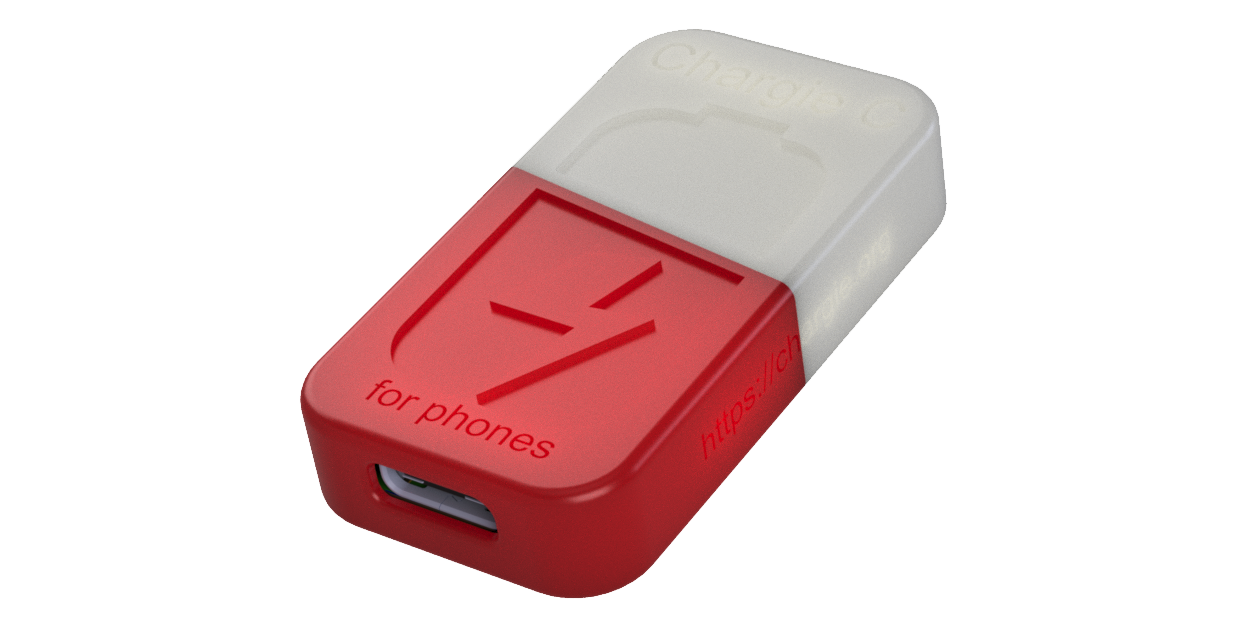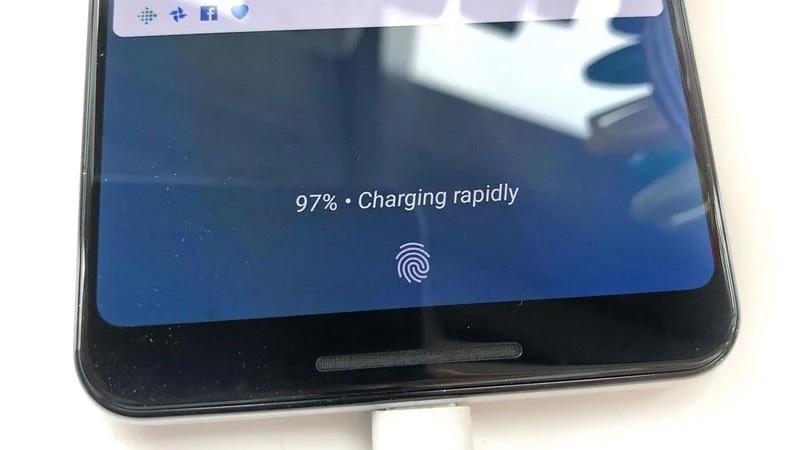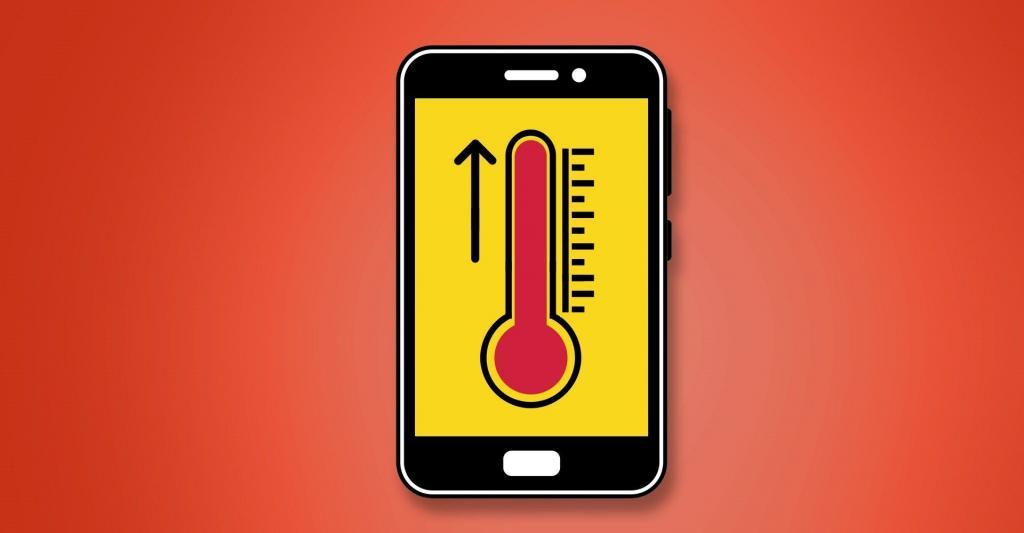
The New Chargie C, Fast Charging and Battery Degradation
One of the best perks modern society has is the instant fulfillment of everything: one-hour home delivery, home office, ultra-fast charging of batteries of devices ranging from smart watches and phones to electric cars.

Electric cars and phones are not much alike, when it comes to battery management. The first have huge battery capacities and don’t ever fully charge nor discharge, have complex management and cooling systems, while the latter are mostly glass slabs with huge processing power and no cooling. What’s even worse is that they’re most of the time covered in a heat-insulating plastic cover. Why is that worse? It’s not for the phone’s aesthetics, obviously, but for the battery.
The lithium ion batteries used in mobile phones and tablets are made from organic materials that have a high sensitivity to heat. And it doesn’t have to be boiling, 50°C (122°F) for prolonged times is enough to provoke complex changes in the thin layers of compounds ever present in a rechargeable battery.
One change today, one change tomorrow, the events start to chain and changes add up. There’s the perfect recipe for destruction and one day you check your iPhone’s Settings – Battery – Health menu and instead of the 100% before that holiday road trip there’s now 97% in little over three weeks. Why did that happen?
Well, of course, the fact that you navigated the entire 3000+ miles using your phone mounted on the dash in full sun might surely explain it, but it also happened to your friend who charged it religiously to 90% every night, using a Chargie device (right?) and an original fast charger.
So, what gives?
It’s the heat. Of course that travelling with a dash-mounted phone kills the battery, everyone knows that (right?). The thing might even swell and ruin your screen. It might even catch fire, like it’s been the case for some. But even if you use overnight charging to 80 or 90%? Why is that?
Again, it’s the heat. Had it not been for the Chargie, the degradation would’ve been some 10% higher, but even so, after a year using a fast charger every night, the battery still went down to 94%.
Fast charging is glorious
That rewarding feel that you can connect your phone to your 30/50/65+ watt charger and while you shower, brush your teeth and have a sip of coffee, your phone is already at 90% and you can go. Pretty amazing, right? It is. For only so much time.
Phones already have this software protection that kicks in when the battery reaches a certain temperature making the charge slow down. Or, after some 80 to 90% state-of-charge, it lowers the current to protect it from egregious degradation (it’s written in their chemistry).
But that’s not enough for a long lasting phone’s aspirations.
Mark my words: every time you fast-charge your phone and shave some 10-15 minutes off charging time, you lose much more capacity than you imagine. Some 0.05-0.1% more exactly. Which is a lot. Because you charge it maybe twice a day, 365 days a year, and then you don’t cool it to room temperature, but put it in your pocket, inside its protective case.
For a comparison, a Pixel 3a charged/discharged continuously in our lab for 24/7 with the screen permanently on, between 30 and 85%, only lost about 1% in a year. Which is almost nothing. It came with 98% new, now it’s at a steady 97%. But it rarely got hot because of charging. And it almost never got full.
Electric car owners can confirm this: those who supercharge a lot get more battery degradation than those who usually do it at home with a slow charger.
For phones, charge limiting with a Chargie device can only do so much if you continually heat up your phone every day. Chargie wants, above all, to make overnight charging safe and desirable. Its Scheduled Charging option helps a lot, but a slow, 5V/2A charger can greatly supplement Chargie’s protection capabilities.
Introducing Chargie C Basic (for phones)
New charging standards will almost surely implement the USB-C connector and along with it, the PD fast charging technology. Which is not new tech, the Qualcomm QC3 and QC4 did fast charging, and so did OnePlus’s Warp, but PD is more universal, more high-voltage and can power everything up to laptops and monitors with 100W (20V/5A) of juice. Well, that’s good for laptops, but not for most phones.
That’s why our new Chargie C Basic will make PD hold its horses to some 8 watts, more than enough to juice up any tablet or phone during the night. Effective charging time is only 20% slower for an iPhone or a phone with similar battery, whatever type of charger you’re using. I made this decision because otherwise people would charge up their phones using full PD speeds, batteries would degrade and everyone would blame Chargie for not doing its job properly. Well, if you really want PD charging and you’re in a hurry, please do it directly, not through Chargie.

At 8W, charging performance will not get throttled, your phone’s heating curve will be much reduced and its lifespan will get extended beyond the manufacturers’ projected 2 years. Chargie C Basic (for phones) will continue to fast-charge using QC3 and QC4 chargers, in order to remain compatible with older charging tech and phones.
Here’s where you can get the new Chargie C Basic. You can read more about Chargie’s updated specs here.




28 Comments
You wrote: “For a *comparison*, a Pixel 3a charged/discharged continuously in our lab for 24/7 with the screen permanently on, between 30 and 85%, only lost about 1% in a year.”
*Where* is the comparison with a device fully charged all the time?
this was not about keeping the phone to 100%, since both phones have been kept at about 80-90% maximum. This was about heat. Apple/Samsung/Tesla/OnePlus all recommend avoiding prolonged full charge, nothing to prove there (anymore).
would love to order a couple of the new Chargies but it seems you have some sort of trouble sending items to Australia, the postage costs last time were ridiculous, I had to cancel the order.
we can ship them from the US, but we’ve had lots of lost items lately, that’s why we chose DHL instead. That is until we have our own Australian presence.
Does the Chargie C Basic support Android Auto?
yes.
this is not about your earbuds, of course. It’s about your super-expensive phone. But it can also be about your earbuds. Did you know you can use Chargie’s Hardware Limiter function set to about 1W to charge them? Of couse buds don’t use PD, I got the irony.
OK, the subject of your post is heat.
Still, I’m interested in a comparison between:
1.) a phone cycled between 30/85%, charged at 1…2A (most of the energy flows to the battery and from the battery to the electronics)
2.) a phone held at 100% (in this case the battery is not cycled, most energy flows from the charger to the electronics).
In both cases not heat should be the problem. It is a comparison between cycles and full hold. Interesting for stationary used devices.
Both phones would be not hot.
in theory, no, but in practice they do get warm to hot, because of the processor. Add that to the raising internal resistance and you get even more heat. For example, a 1yo iPhone 12 goes to 38-40 degrees constantly while being charged with a quick charger. Same thing happens to a OnePlus 7T from 2019 if you use the original Warp charger. In my latest experiments, battery damage was clear after long road trips where Waze continually heated up the battery up to 45 degrees C. Chargie does everthing it can to reduce heat application to the battery.
Actually, you can disregard this. From reading this post I was under the impression that 5v 2a was “slow” charging, but clearly it’s not. I just circumvented the whole issue by turning off fast charging at my phone.
I have a chargie, and after the battery in my wife’s $1200 iPhone went bad after a little over a year, I convinced her to get a chargie along with her new phone (yes, she bought an entire new phone). We love our chargies and use them constantly.
glad to hear this.
Why don’t you sell Chargie on Amazon?
Chargie is a totally new product and concept, and is not very fit for Amazon at this point. If you’re worried about us not fulfilling our orders, please read the reviews we’ve had so far. Amazon is generally for products that people know what they are. Chargie needs its own presentation page and generally its own experience. We do have an Amazon page, but people don’t buy through it much.
Does this require 2 usb c cables to work? One to connect the charger to the Chargie and the other to connect the Chargie to the phone?
I assume the Chargie A device isn’t capable of reducing charging to 8 watts?
Yes, Chargie C requires two C cables to work, but it’s very flexible: it only need a C connector at one end, you can take the voltage from whatever type of source you may have (A or C). Chargie “tells” the PD charger to reduce power, it doesn’t do through its own means. If you connect it to a non-PD charger it will not alter power in any way.
Is the “Chargie Basic” only a hardware solution for limiting the charging power or is it also compatible with the Chargie App via Bluetooth? Or isn’t Bluetooth built in like in the older versions of your Chargie Adapters?
It is compatible with the Chargie app on both Android and iOS. It also has hardware limiting and Android Auto, just like the Chargie A GE.
To confirm, using a 5 volt 2 amp charger with Chargie A will have the same effect as this new Chargie C?
yes, but if you use the new PD adapters they won’t be able to refrain from going to high voltages unless you use a USB-C to USB-A adapter or a Chargie C. Chargie C is for these new power bricks.
I am an electronic engineer but do not follow you: How should a Original Warp charger warming a battery *after* it is fully charged? Any charging electronics will reduce to the very low trickle current. Constant heating can only come from the processor or the sun.
I want to compare two devices, both with processor and display on. As a result, both are heated about the same. The only one difference should be
– cycling the battery 30/85% (with current 1…2A)
– hold on 100% (negligible current flows to the battery).
A other interesting question is (but not relevant for me, I use my traditional Chagies with a 1-A-charger from the beginning): The Chargie-App can stop/start charging on a configurable temperature. It should safe the battery life like Chagie C, isn’t it?
It’s not warm AFTER it’s charged. It’s literally hot WHILE it’s charging. And if it’s doing that while processing something, the heat is even more intense, and the charging current gets throttled by the phone. This damages the battery. If you keep it charged for a long time, that’s another type of damage (voltage stress).
So this is designed mainly for when using USB C power delivery charges, for to keep to voltage/power output down and reduce heat?
I assume using the factory fast charger that only outputs to 5 volts and 3 amp with Chargie A is fine, as the battery never goes above 36°C while charging?
It would be nice if you had a forum or Reddit community to discuss questions like this.
yes
Why it doesn’t have a usb c male input on the other end?
because of the mechanical issues that would appear when you stumble upon it.
I have used the Chargie devices for a few years now, both at home and at work. My bit over 2 year old Redmi Note 8 T shows hardly any battery degradation thanks to charge limiting. I have hardly ever charged to 100% and if the weather is warm the app suspends charging if the battery temperature goes above 35 degrees Celsius.
My older Huawei tablet has also been charged using the Chargie and that is also at virtually zero battery degradation.
My much older Moto G5 also has a battery which is in very good condition thanks to the Chargie stick and app.
Wonderful devices. Well done.
Does chargie fit for an iPhone 14 Pro Max ?
Yes, Chargie C Basic will work well with iPhone 14 Pro Max.